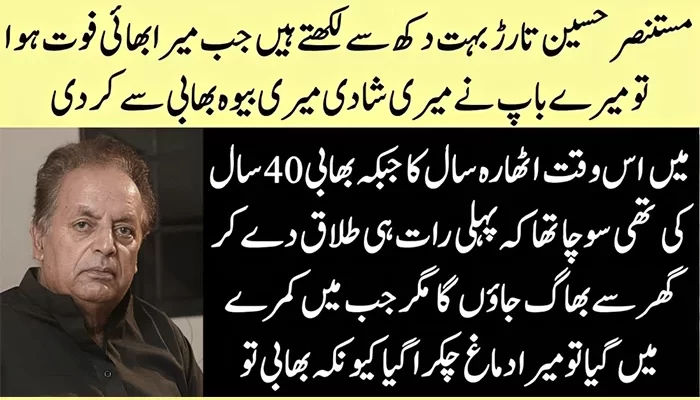Types of Life Insurance Policies: Understanding Your Options
Life insurance is a crucial financial tool that provides protection and peace of mind to individuals and their families. It serves as a safety net by offering financial support in the event of the policyholder’s death. Understanding the various types of life insurance policies available can help individuals make informed decisions about their financial future. Here’s a comprehensive overview of the main types of life insurance policies:
1. Term Life Insurance:
- Overview: Term life insurance provides coverage for a specific period, such as 10, 20, or 30 years.
- Key Features:
- It pays a death benefit if the insured passes away during the term of the policy.
- Premiums are typically lower compared to permanent life insurance.
- Coverage ends when the term expires, although some policies may offer renewal options.
- Ideal For: Individuals looking for affordable coverage for a specific period, such as to cover a mortgage or provide for children until they are financially independent.
2. Whole Life Insurance:
- Overview: Whole life insurance provides coverage for the entire lifetime of the insured, as long as premiums are paid.
- Key Features:
- Offers a guaranteed death benefit.
- Builds cash value over time, which can be borrowed against or withdrawn.
- Premiums are typically fixed for the life of the policy.
- Ideal For: Individuals looking for lifelong coverage with an investment component and stable premiums.
3. Universal Life Insurance:
- Overview: Universal life insurance is a flexible policy that combines life insurance coverage with a savings component.
- Key Features:
- Offers flexibility in premium payments and death benefits.
- Accumulates cash value based on a specified interest rate.
- Policyholders can adjust coverage and premiums over time, subject to certain conditions.
- Ideal For: Individuals seeking flexibility in their life insurance policy and the potential to build cash value over time.
4. Variable Life Insurance:
- Overview: Variable life insurance allows policyholders to allocate premiums among a variety of investment options.
- Key Features:
- Cash value and death benefits fluctuate based on the performance of the investment options selected.
- Offers potential for higher returns but also comes with investment risks.
- Policyholders can often choose from different investment portfolios.
- Ideal For: Individuals comfortable with investment risk who want the potential for higher cash value growth.
5. Variable Universal Life Insurance:
- Overview: Variable universal life insurance combines the features of universal and variable life insurance policies.
- Key Features:
- Offers flexibility in premium payments and death benefits.
- Allows policyholders to allocate premiums among different investment options.
- Cash value and death benefits can vary based on the performance of the chosen investments.
- Ideal For: Individuals seeking both investment flexibility and the security of life insurance coverage.
Choosing the Right Policy
When selecting a life insurance policy, it’s essential to consider your financial goals, risk tolerance, and long-term needs. Factors such as premium affordability, coverage duration, and potential for cash value growth should all be taken into account. Consulting with a financial advisor can also provide valuable insights and help tailor a policy to your specific circumstances.
In conclusion, life insurance policies come in various forms, each offering unique features designed to meet different financial objectives. By understanding the differences between term, whole, universal, variable, and variable universal life insurance, individuals can make well-informed decisions that align with their financial goals and provide security for themselves and their loved ones.

